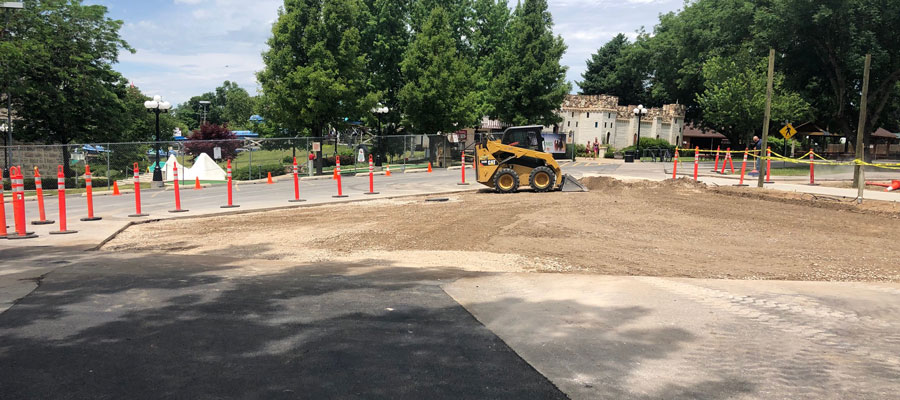New building is exciting, but you need to consider every aspect first. One of the most important aspects is the dirt under your feet — and your foundation. Prepare the soil properly, and everything else will go far better.
Demucking
Demucking is the process of digging into the soil to remove peat and other organic materials that will weaken the soil’s load-bearing capacity. This makes the soil weak, which in turn will cause the material to settle more than necessary. Removing debris, clay, organic soils and other miscellaneous muck allows you to keep accurate stability and uniform load bearing capacity.
Determine Soil Bearing Capacity
Silt, clay and sandy clay are some of the weakest examples of soils, with only 2,000 pounds per square foot of load bearing capacity before they begin to shift uncontrollably. Sedimentary rock, on the other hand, has 6,000 pounds of capacity. This is a massive difference that can occur in the same climate zone, and that you must investigate carefully prior to building.
Soil Permeability
The gaps between soil particles conduct both water and air. This property is called permeability, and you need to calculate it in order to control flooding, compaction and erosion. Hiring a professional may be useful for this type of operation, but there are calculations you can perform that will tell you how permeable a given soil is.
Ensure Stability
Building on an unstable lot is a recipe for uncontrolled shifting and ultimately a failing foundation. To ensure stability after removing the muck, learning soil permeability levels and determining how much weight your existing soil can accommodate, it is important to remove loose elements down to the depth of the footings of the foundation to be poured. This must be done down to the frost line, which can be researched for your area.


